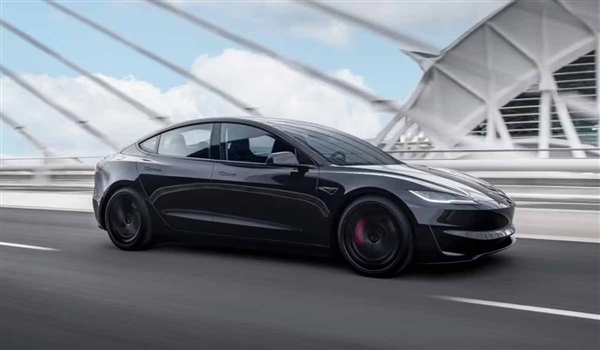August 12, 2024 – A new study conducted by the International Council on Clean Transportation (ICCT) has revealed that pure electric vehicles (EVs) significantly outperform other vehicle types in terms of emissions over their entire lifecycle, particularly when charged using renewable energy.
The environmental impact is remarkably evident for the average 2024 model year vehicles in the United States. Self-charging hybrid electric vehicles (HEVs) emit 2.2 times (for sedans) and 2.5 times (for SUVs) more greenhouse gases over their lifecycle compared to their pure electric counterparts. Similarly, plug-in hybrid electric vehicles (PHEVs) emit approximately twice the amount of greenhouse gases as pure EVs. In contrast, internal combustion engine (ICE) SUVs emit a staggering 3.5 times more emissions than their EV equivalents.

These figures are based on vehicles charged using the average electricity grid. However, when EVs are exclusively powered by renewable energy, the emissions gap widens further. Hybrid SUVs emit 4.9 times more greenhouse gases than EVs, while ICE SUVs emit a shocking 6.7 times more.
The ICCT clarifies that the net greenhouse gas emissions over a vehicle’s lifecycle encompass emissions from battery and vehicle manufacturing, raw material and fuel production, vehicle usage, and end-of-life disposal. This comprehensive metric provides a clear picture of a vehicle’s environmental footprint.
Looking ahead, the ICCT has also made predictions for 2030, anticipating a more pronounced environmental advantage for EVs. Specifically, it is estimated that ICE SUVs from 2030 will emit 7.5 times more greenhouse gases over their lifecycle compared to EVs powered by the same renewable energy source. Furthermore, the study highlights that PHEVs and HEVs have significantly less potential for emission reduction compared to pure EVs.












